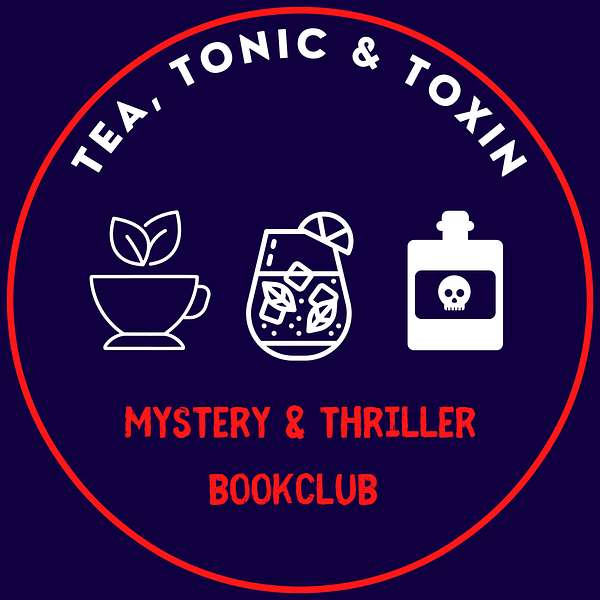
Tea, Tonic & Toxin
Tea, Tonic & Toxin
2022 Retrospective!
“The Murders in the Rue Morgue” (1841)
Edgar Allan Poe is the mystery master. Set in Paris, this gruesome tale introduces amateur detective Auguste Dupin and his trusty sidekick.
“The Purloined Letter” (1844)
Edgar Allan Poe called it “perhaps the best of my tales of ratiocination.” It’s a great mystery — minus the Gothic horror of “Rue Morgue.”
Bleak House (1853)
In Charles Dickens’ masterpiece, Inspector Bucket, the first important police detective in English literature, investigates a murder.
The Woman in White (1860)
Wilkie Collins’ book has it all — switched identities, false imprisonment, foreign agents, blackmail, conspiracies, and shocking secrets.
The Notting Hill Mystery (1862-3)
A woman dies after drinking acid. Was it an accident? The intrigue includes a kidnapping, a sinister mesmerist, and many dastardly crimes.
The Moonstone (1868)
Wilkie Collins’ amazing mystery includes red herrings, plot twists, a small circle of suspects, and a stolen Indian gem with a bloody past.
The Mystery of a Hansom Cab (1886)
Set in Melbourne, Fergus Hume’s literary sensation puts a spotlight on social class as a crime is committed by an unknown assassin.
A Study in Scarlet (1887)
Arthur Conan Doyle introduces us to Sherlock Holmes, the world’s most famous “consulting detective,” and Watson, his sidekick.
The Big Bow Mystery (1892)
In Israel Zangwill’s locked-room mystery, two detectives race to solve a murder and the startling solution is revealed at the very end.
The Hound of the Baskervilles (1902)
In Arthur Conan Doyle’s Gothic-inspired spine-tingler, the great Sherlock Holmes must discover the truth about a deadly spectral hound.
Lady Molly of Scotland Yard (1910)
Baroness Orczy’s short story collection stars one of the first female detectives in fiction. Lady Molly solves crimes using feminine intuition.
https://www.instagram.com/teatonicandtoxin/
https://www.facebook.com/teatonicandtoxin
https://www.teatonicandtoxin.com
Stay mysterious...